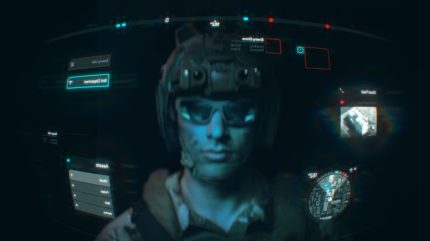Anduril to develop mixed reality system for US Army

Anduril has secured a $159m contract from the US Army to embark on a prototyping phase aimed at building an advanced helmet-mounted night vision and mixed reality system.
The effort, part of the Soldier Borne Mission Command (SBMC) programme, focuses on providing soldiers with better situational awareness by integrating advanced night vision, augmented reality, and AI.

Discover B2B Marketing That Performs
Combine business intelligence and editorial excellence to reach engaged professionals across 36 leading media platforms.
Find out more
Anduril is joining forces with Meta, OSI, Qualcomm Technologies, and Gentex to develop a helmet-mounted mixed reality system that blends night vision technology with augmented reality.
The system will provide soldiers with a comprehensive visual experience by merging imagery from various light spectrums daylight, nighttime, and thermal with live battlefield data.
The company’s approach includes a modular component framework designed to allow soldiers the flexibility to tailor their equipment based on mission-specific requirements.
The SBMC-Architecture (SBMC-A), originally known as the Integrated Visual Augmentation System (IVAS), serves as the software infrastructure essential for integrating new helmet-mounted displays and edge computing hardware into a deployable soldier-ready system.
Anduril leads this SBMC-A effort alongside partners such as Palantir Technologies and L3Harris Technologies, among others.
Leveraging more than260,000 hours of soldier feedback from the IVAS programme, Anduril said it has successfully conducted multiple field tests with the Army using IVAS 1.2 headsets integrated with its Lattice platform.
These tests have included four soldier exercises and combat training scenarios that showcased the potential of meshed heads-up displays and distributed edge computing devices.
SBMC-A has the ability for individual soldiers to command drones directly from their helmets without needing a dedicated pilot.
This capability was demonstrated over a 3km distance using a line-of-sight radio connection to an IVAS 1.2 headset integrated with Lattice.
The SBMC-A programme has engaged 14 industry partners and welcomed third-party developers through the Lattice Partner Ecosystem.
Developers can access the Lattice Software Development Kit (SDK) to further enhance capabilities within the Lattice Mesh network.


